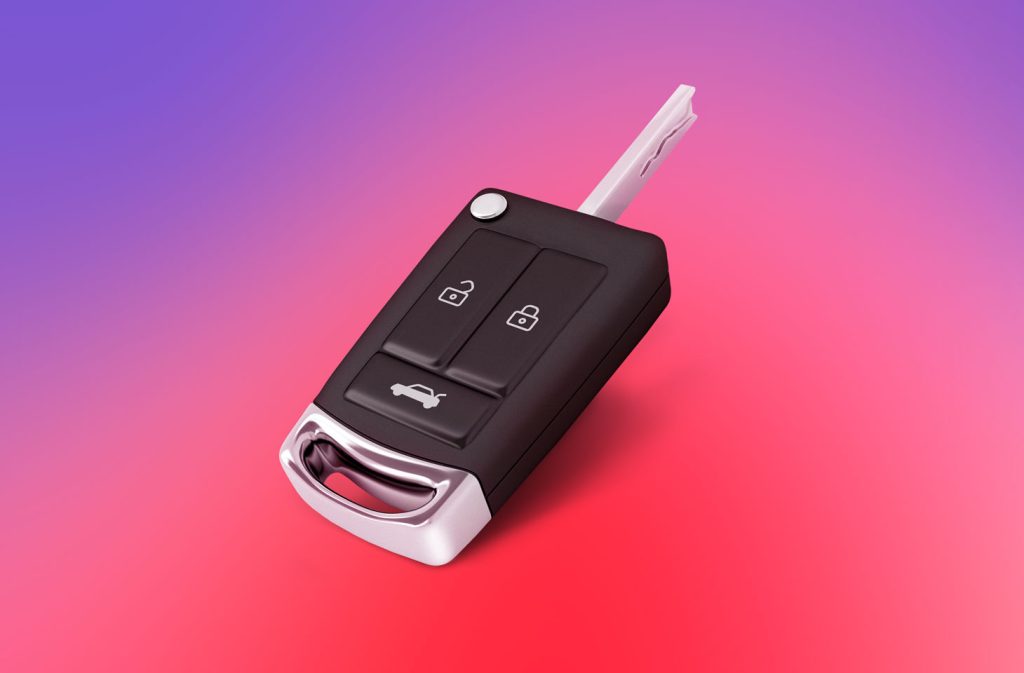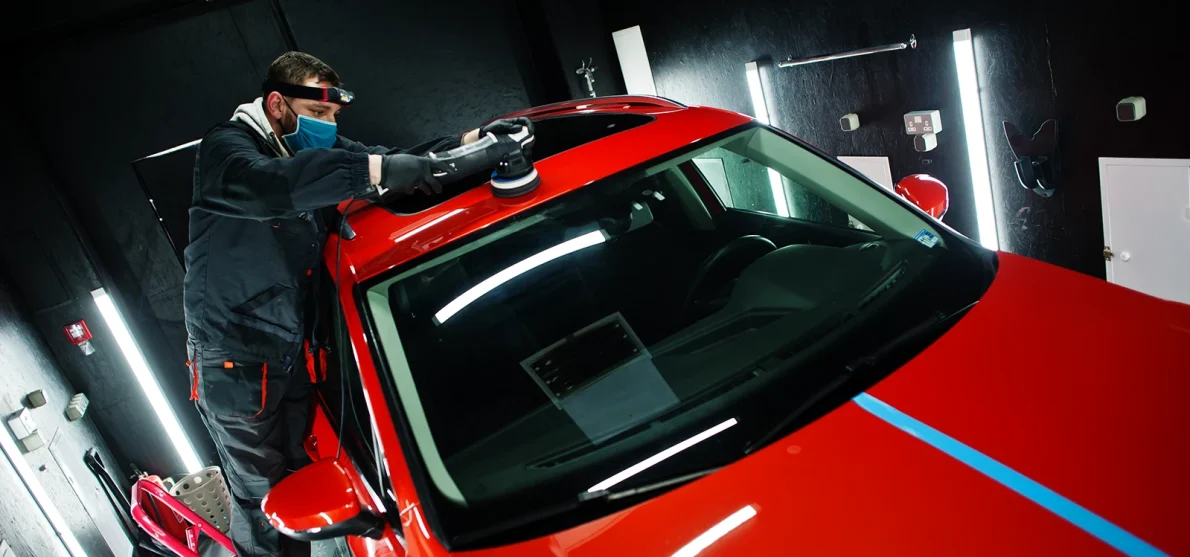Understanding the Purpose of a Car Immobiliser
A car immobiliser is a security device designed to prevent a vehicle from starting unless the correct key or fob is present. It works by interrupting the car’s ignition system or fuel supply, ensuring that only authorised users can start the engine. Immobilisers have become a standard feature in modern vehicles, significantly reducing the risk of theft. Despite their effectiveness, some car owners may wonder if temporary issues, such as a malfunctioning key fob, can be resolved by disconnecting the battery.

The Reality of Disconnecting the Battery
Disconnecting the car’s battery may seem like an easy fix when dealing with immobiliser problems, but it’s not a guaranteed solution and can sometimes exacerbate the issue. When you disconnect the battery, it resets the vehicle’s electronic systems, including the immobiliser. However, this reset does not necessarily disable the immobiliser. Instead, it can activate the immobiliser system and potentially require reprogramming of the key or fob to the vehicle. This process can be complicated and may necessitate professional intervention.
Potential Risks and Complications Involved
Attempting to solve immobiliser issues by disconnecting the battery can lead to several risks and complications. Modern vehicles are equipped with advanced electronics and security systems that are sensitive to power interruptions. Disconnecting the battery may trigger other electronic faults or require the reconfiguration of various systems, such as radio presets and onboard diagnostic settings. Additionally, if the battery reset fails to resolve the immobiliser issue, it could leave the vehicle in an immobilised state, necessitating a tow to a service center for further diagnosis and immobiliser bypass procedures.
Expert Assistance for Immobiliser Issues
Given the complexities involved, seeking professional help is often the best course of action for immobiliser-related problems. Automotive technicians have the expertise and tools required to diagnose and address immobiliser issues accurately. They can use advanced diagnostic equipment to reprogram keys, resolve software glitches, and perform immobiliser bypass when necessary. Consulting with a professional ensures that the problem is addressed efficiently and reduces the risk of further complications.
Disconnecting the battery may offer a temporary solution in some cases as it is not a reliable method for bypassing a car’s immobiliser. The potential risks and complexities associated with this approach highlight the importance of seeking professional assistance. Automotive specialists can provide accurate diagnostics, effective repairs, and, when necessary, proper immobiliser bypass procedures to ensure the vehicle’s security system functions correctly. Vehicle owners should prioritize professional help to avoid exacerbating the issue and ensure their car remains secure and operational.

